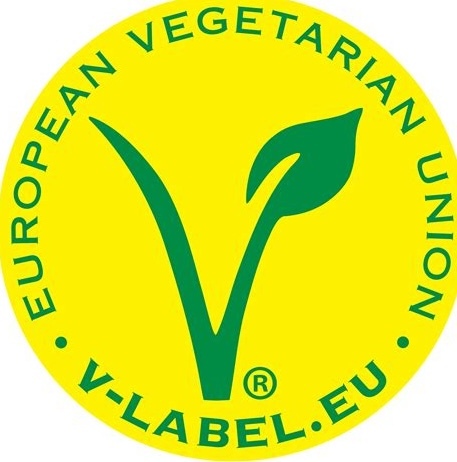

God I wish I could learn more about this shit.
For all of the Linux and FOSS nerds on Lemmy, I don’t think I’ve seen one make a guide on how to have good digital stewardship of oneself. Syncthing sounds freaking awesome. Still feel like there’s a barrier to entry for me though





Currently on Windows 11 (yuck) and have a Galaxy S23.
Next devices I’m looking at are a Framework laptop and Fairphone.
The QR code sounds super easy which is a good sign. I guess most of my complaints rest with what a full FOSS and pro-privacy cyber-system would look like overall. I come from a Windows world so I have those household names stuck in my head, like Word, Outlook, etc. I guess I’m really looking for a guide that has a 1:1 for the entire OS from Windows to Linux, and maybe more if it improves people’s lives. Thinking Jellyfin and Bitwarden and all those purpose-driven applications.
At this point I don’t know what I don’t know, and I just wish that some of the awesome devs on Lemmy would post a guide to all of this, soup to nuts style. Maybe one day